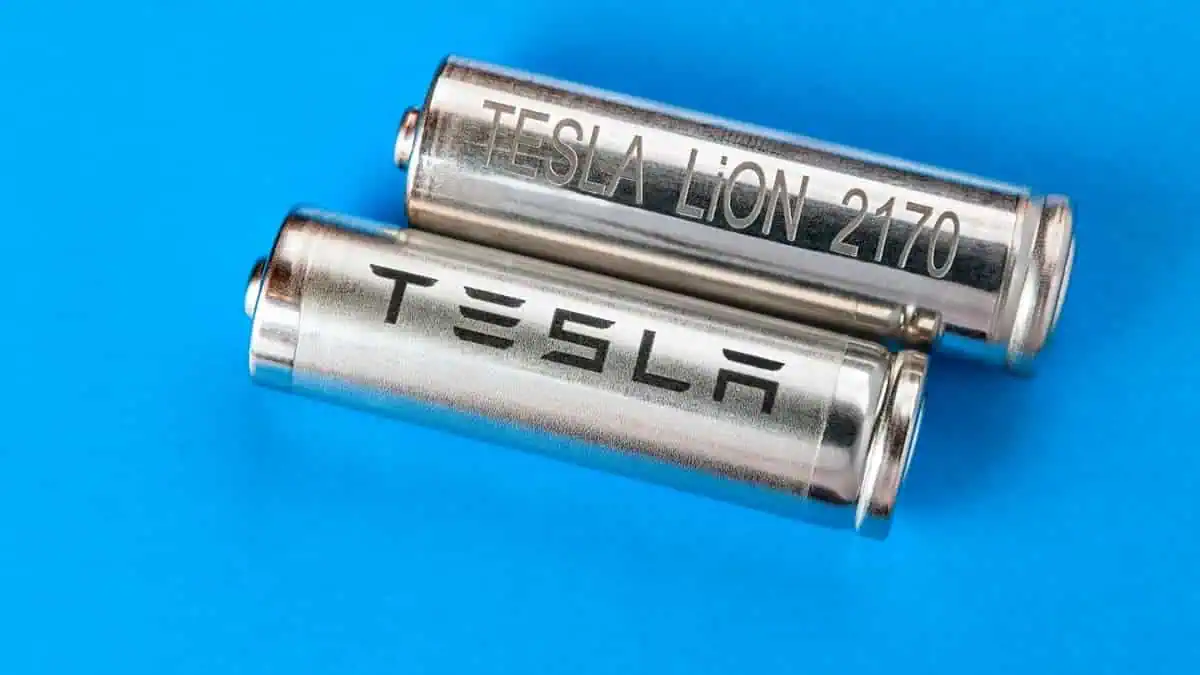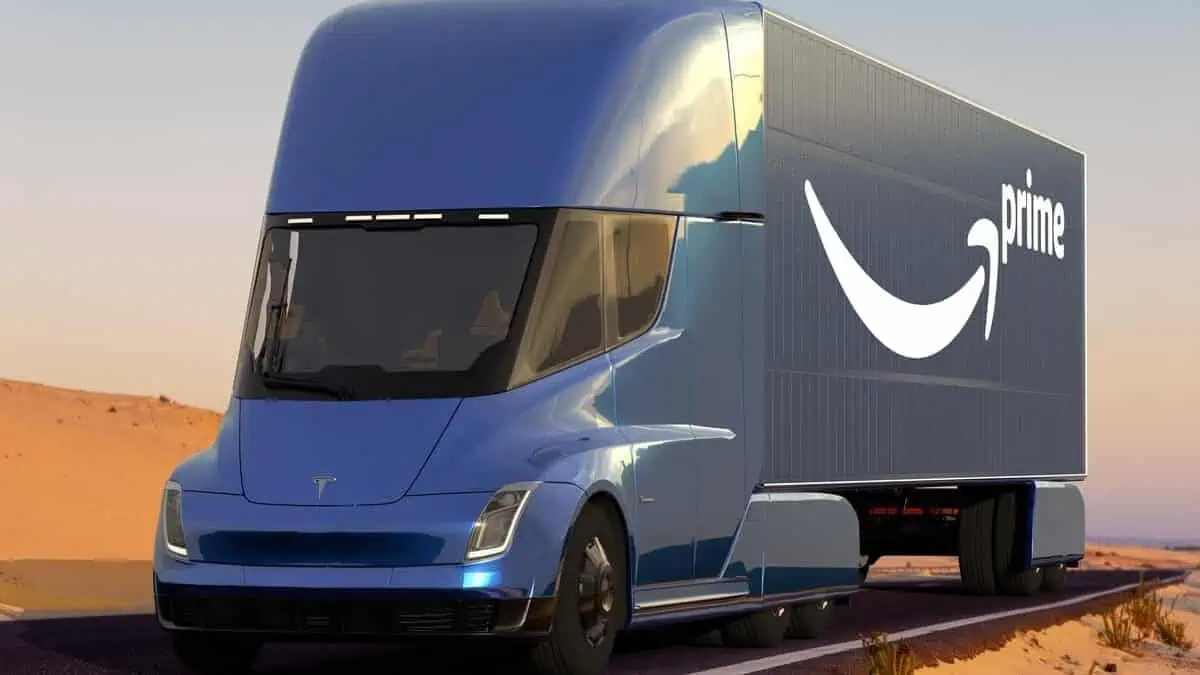As a means to address climate change and attain net-zero emissions, electric vehicles are being promoted by numerous automakers with the assistance of governments throughout the world. However, EVs need batteries that require minerals like nickel, cobalt, and lithium to produce them, according to The Verge.
Although these resources lay underground in the US, numerous regulatory barriers prevent mining operators from extracting them. Additionally, environmentalists and indigenous groups continue to doubt that this mining can be carried out in a way that does not devastate the land and contaminate the water.
Over the past six months, the Department of the Interior has received 27,000 comments regarding its plan to enhance federal hard rock mining rules, laws, and permitting procedures. The challenge here is that aside from meeting the pressing EV demand, the Department must not compromise the environment.
With certain Government initiatives promoting clean energy, the shift to EVs will definitely come shortly. For instance, the Inflation Reduction Act allots roughly $400 billion to clean energy programs over the following ten years. Additionally, California announced its plan to ban new sales of conventional vehicles by 2035.
It is worth noting that the new tax credits require that EVs must be built in North America using battery components from the US or from its trading partners. This could be a problem if US mining operations could not sustain this.
Leading automakers’ statements in response to the Department of the Interior’s information request indicate this concern. The Alliance for Automotive Innovation stated it clearly, which speaks for almost all US-based legacy automakers.
“The US does not have significant processing capacity for EV battery materials and is reliant on other nations for refined raw materials, leaving the US market exposed to the risk of being impacted by supply chains outside of US control,” the group said.
Additionally, according to the Zero Emission Transportation Association (ZETA), which advocates for electric vehicle manufacturers like Tesla and Rivian, the current mining laws do not adequately address the pressing need to increase the domestic mineral supply.
“If EVs were to represent 100 percent of new car sales — 17 million annually, in line with ZETA’s primary goal — current lithium carbonate equivalent (LCE) production would only meet 0.05 percent of total domestic EV battery pack demand,” the group states in its comment.
Interestingly, a new mine in the US may require seven to ten years to finish all the paperwork and permits. According to Ford, such a procedure only takes two to three years in Canada and Australia. Clearly, there is a need for the US to reduce the length of its permitting process.
On the other hand, environmentalists are concerned about the race to extract as many minerals as possible as it can affect the environment and tribal lands.
“The green energy revolution cannot be built on a dirty mining industry, outdated regulations, and environmental injustice,” Samuel Penney, chairman of the Nez Perce Tribe in Lapwai, Idaho, writes in his comment submitted to the Department of Interior.
Definitely, the US needs a lot more critical battery components such as lithium, cobalt, and nickel if it is to achieve its climate goals. In fact, the International Energy Agency forecasts that by 2040, the world will need nearly 40 times as much lithium, 20 times as much nickel and cobalt as it did in 2020.
Most notably, the US will require 1.27 million metric tons of battery-grade nickel and 160,000 metric tons of cobalt annually, which will both be more than the total global production in 2021, as per the US Geological Survey.
Although reducing cobalt usage is an effort that is willing to take by various EV manufacturers, the effect would be an increased demand for nickel. In retrospect, leading EV manufacturer Elon Musk has already pleadingly urged global miners to increase output.






